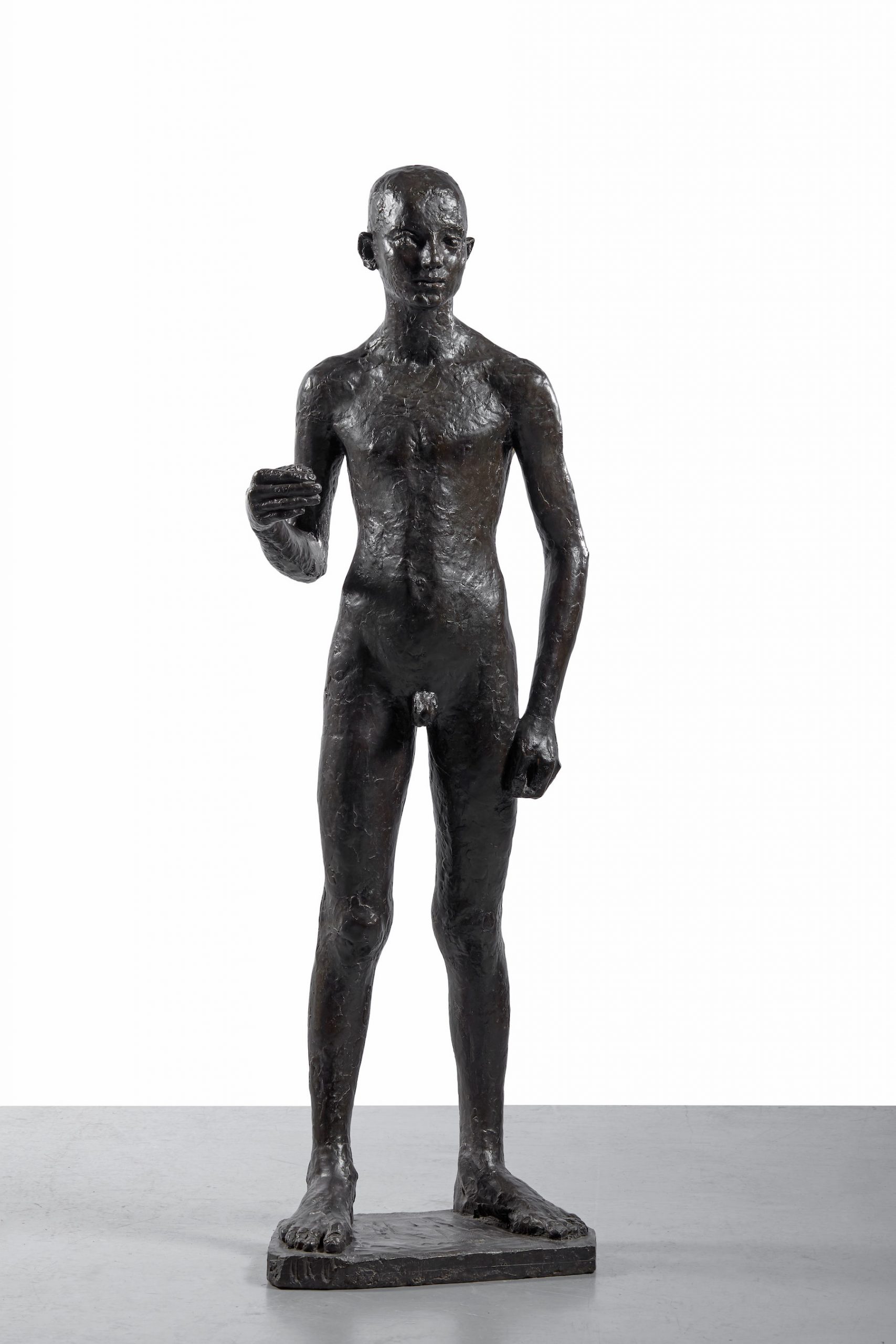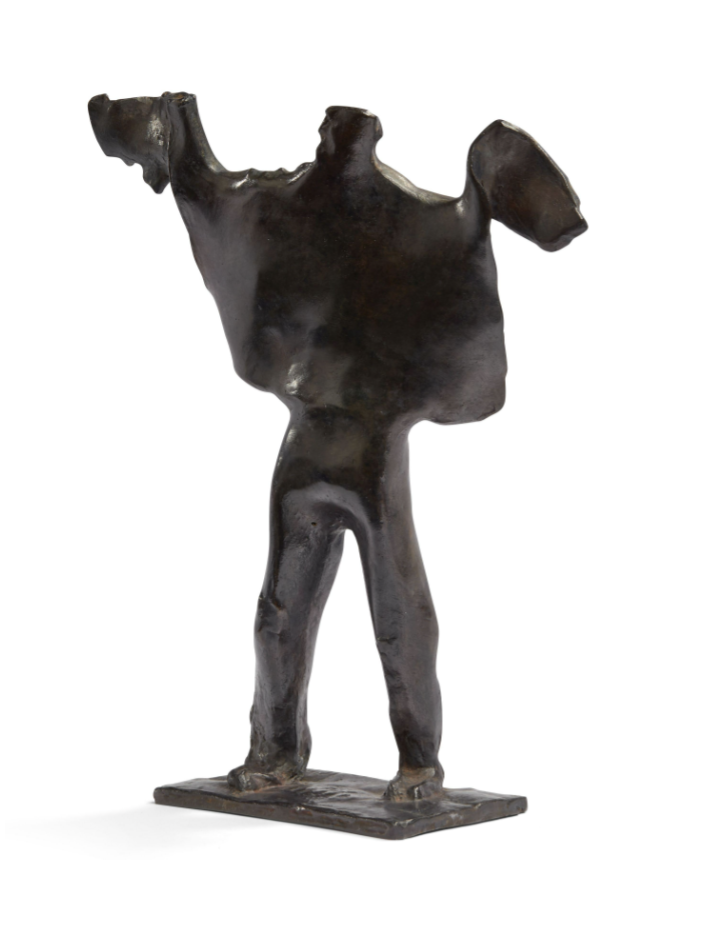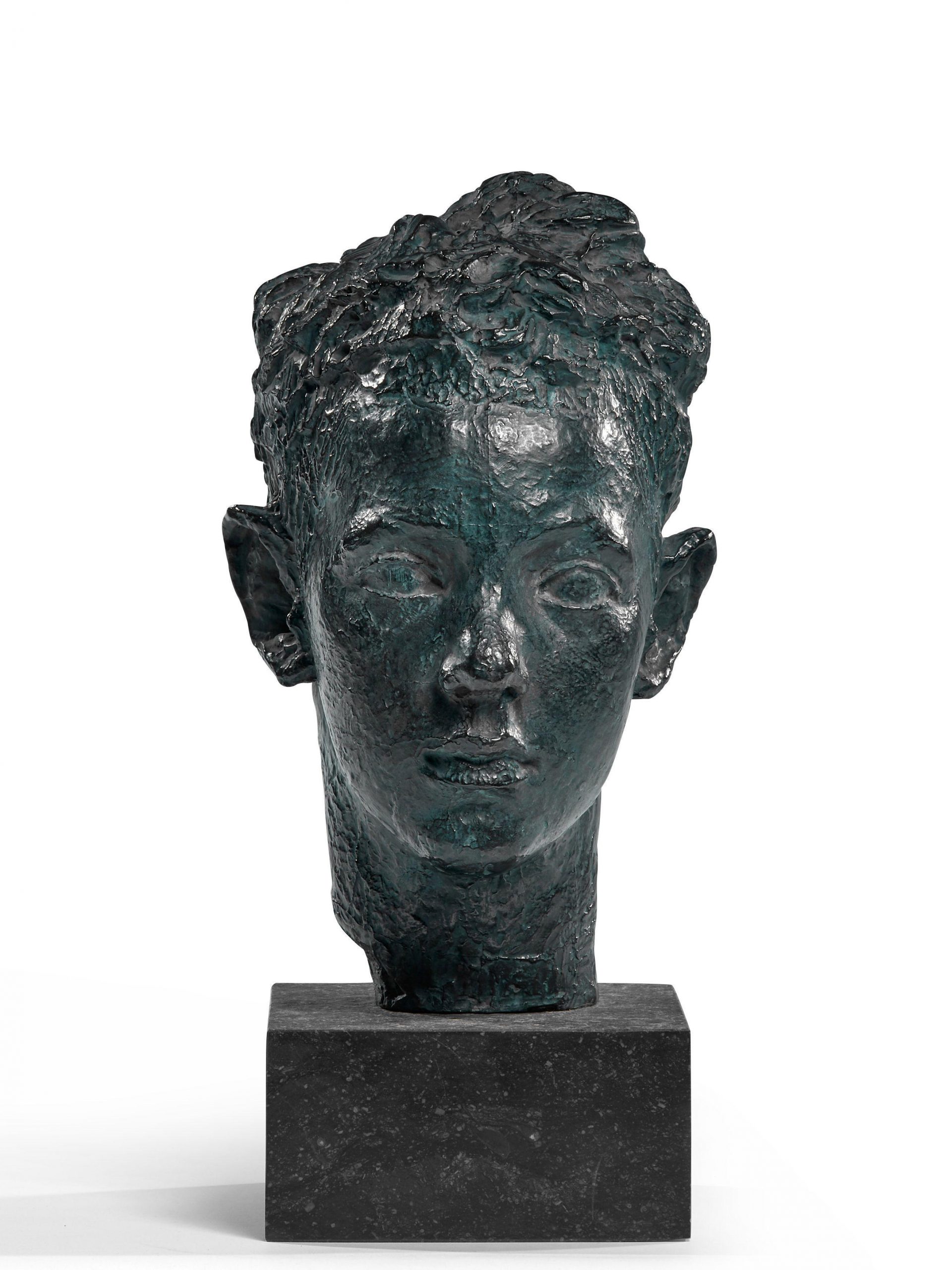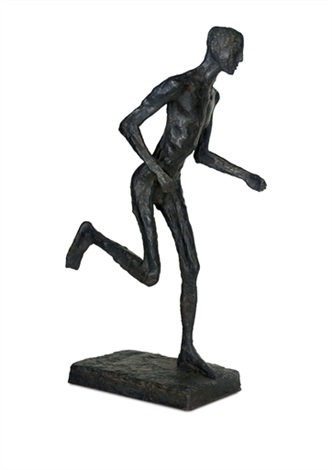Germaine RICHIER
|||||||||||
Germaine Richier was Born in 1902 in Grans (Bouches-du-Rhône, France).
She is one of the greatest sculptors of the XXth Century. She studied sculpture from 1920 at the School of Fine Arts in Montpellier, in the studio of Louis-Jacques Guigues, a former practitioner of Rodin; then, from 1926, she worked in Antoine Bourdelle’ studio in Paris, until the latter’s death.
Faithful to figuration, she revisits the forms of the figure and the base where it is placed. She exposes the space of sculpture accentuating the effects of the material and the artifices of the structure, integrating the base into the work. A visit to Pompeii in 1935 where she discovered the petrified bodies had a considerable impact on her work. She will say, “I am more sensitive to a burned tree than to an apple tree in bloom.”
The following year, she had her first exhibition at the Kaganovitch gallery. She was awarded several times, notably in 1937 at the Exposition Universelle in Paris with her sculpture Méditerranée. From the 1940s-1950s, her career took an international turn: her works traveled to New York, Basel, Zurich, Amsterdam, Venice and São Paulo biennials… This is then exceptional for a woman artist. In 1956, Germaine Richier also became the first sculptor to devote a retrospective at the National Museum of Modern Art in Paris. She died prematurely in 1959 in Montpellier.
The artist’s work expresses a new identity of man and woman. Her hybrid sculptures, from 1940 with The Toad, evoke the mutation of Man within the animal and plant world. She creates, for example, a Cock-Woman (1954) or characters with a metaphorical dimension such as Water (1953-54), a body surmounted by a jar-head. These naked figures are expressive and move in a brut material. Germaine Richier seeks to explore the different metamorphoses of man on earth by placing him at the center of all creation.
“The more I go the more certain I am that only the human matters.”
Germaine Richier

Loretto, 1934
Bronze à patine brune foncée
159.5 x 55 x 36 cm

L'Homme de la nuit n°1, 1954
Bronze
27.5 x 20.4 x 9 cm

Buste n°2 (le fils Coutin), 1927-28
Bronze à patine foncée avec des nuances bleu-vert
29.5 x 15 x 20 cm


